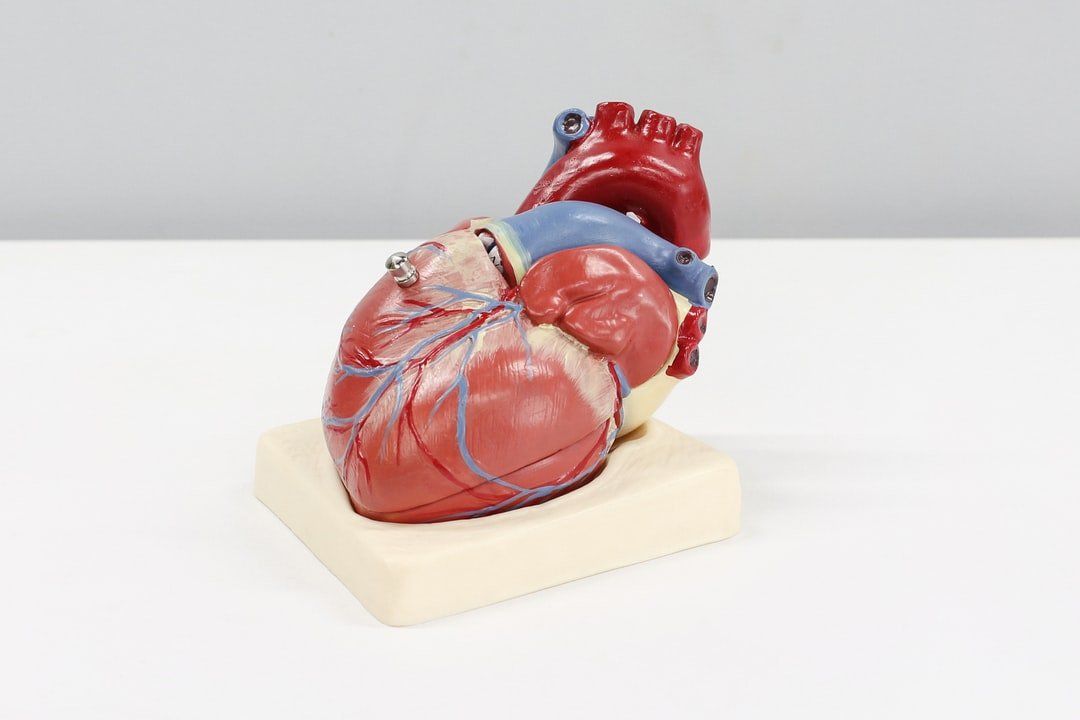Keeping Baby Spines Aligned
The importance of spinal health does not occur at the first sign of dysfunction or pain. Events from in- utero onward can have an impact.
In utero, and upon birth our spines have a "c" shape, commonly referred to the "fetal position". It is the rounding posture we held for 9 months, and this curve remains in our thoracic spine (upper back) and sacrum (tailbone). This curve that creates that rounding forward is primary and is also known as a kyphotic curve. The secondary curves, otherwise known as secondary or lordotic curves, occur as we start developing strength in our cervical spine (neck) through holding our head up, and in our lumbar spine (low back) when we start to sit and crawl. Each of these stages of development are important for a strong spine foundation. A lordosis curves in the opposite direction as the upper back, helping to create our upright posture and balance the weight of our body more efficiently. Optimal neurological health is related to optimal spinal curves.
Having spinal alignment checked by a Chiropractor is advised at any age, and starting from birth can help ensure spinal development is occuring as it should, potentially preventing problems from developing down the road. That being said, there is a lot that can be done on a daily basis to promote proper spinal positioning. Below are a few things to watch for:
- Tummy time is essential, to help develop strength and head control.
- Ensure adequate head support in car seats and carriers. Some car seats come with extra neck support, however supplemental cushioning* (as shown in the picture) can also be helpful, especially in the early weeks and months when baby is smaller. This particular neck support offers subtle support behind baby's neck, but more importantly has side supports to prevent the head from tilting back and forth with motion, or once the baby falls asleep.
- Baby carriers are not all created equal. The best I have seen is either using a sling to promote natural baby posture, or the ergobaby (another site I came across had a carrier similar to ergobaby https://www.gorgeousbaby.ca/). What makes these baby carriers great is they promote the natural shape of baby's legs and hips and has them in a "seated" position with legs forward rather than some carriers that have baby supported in a position where their legs hang straight down, putting pressure on their pelvis and altering hip biomechanics.
- allow milestones to occur in order...sitting before crawling before standing before walking. Each stage contributes not only to spinal development and helps set the stage for future body coordination.
- Probably the most significant stress we are seeing on the spine at an earlier age than ever before, is the impact of digital devices. I am not a parent, and I know for some people eliminating the ipad or phone apps with toddlers and young children is not something you will entertain, however limiting time on these devices, and ensuring they are at eye-level when being used are important considerations for prevention of additional spinal stress, especially to the developing spine. Looking down for long periods of time is stressful on spines of any age, but the earlier this occurs, the more longterm effects it may have.
Prevention will always have a greater impact than responding to crisis at a later date; Health begins with the state of our spine.
For further information on the benefits of Chiropractic care, pediatrics, and wellness go to: http://icpa4kids.org/ or contact me at karen@drkarenquinn.com .
* Pillow was made by a dear friend, Dr. Jana Miceli of Miceli Family Chiropractic here in YYC. Also, thanks to Baby J for posing...I love this girl!




Newsletter Sign-up
You have signed up for Dr. Quinn's monthly newsletter!
Please try again later.






